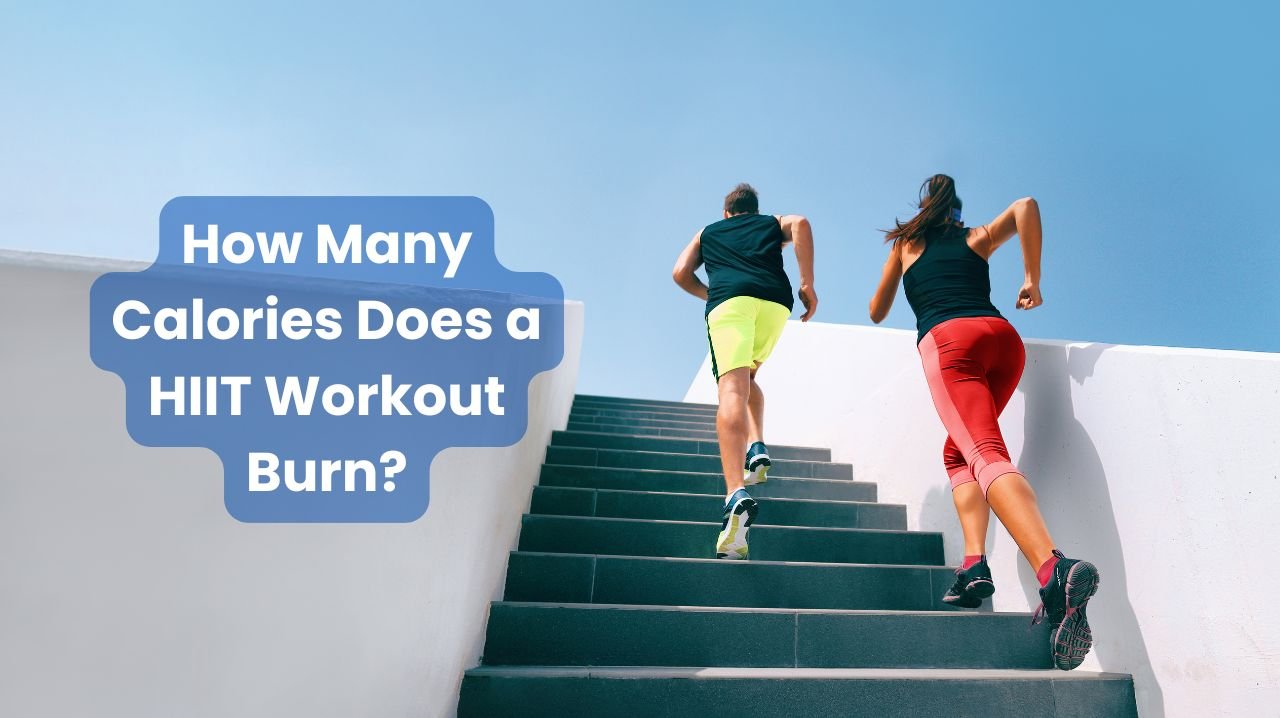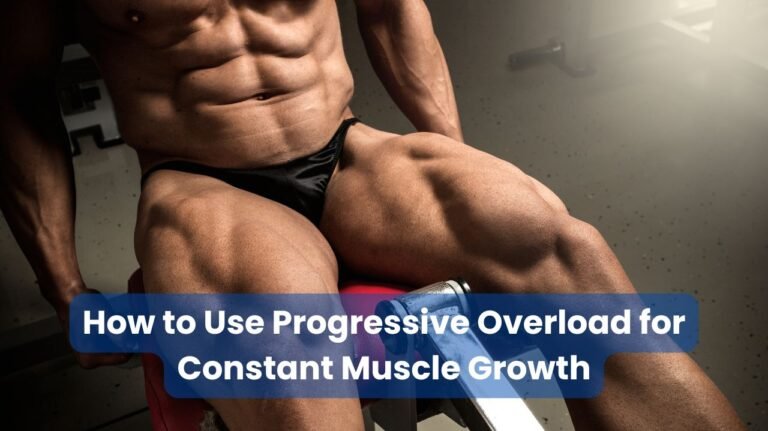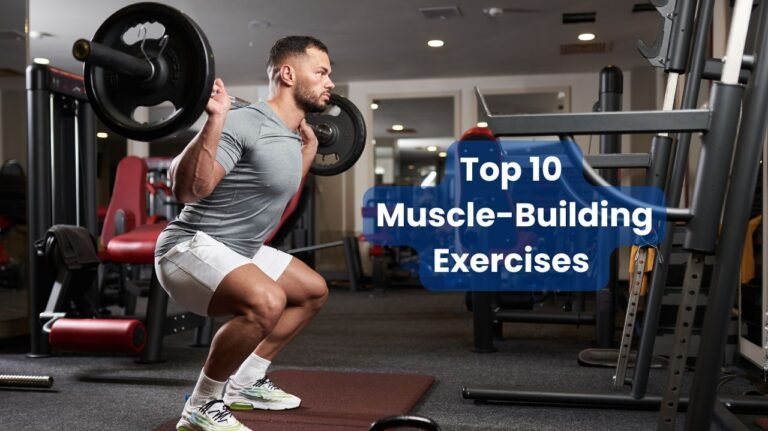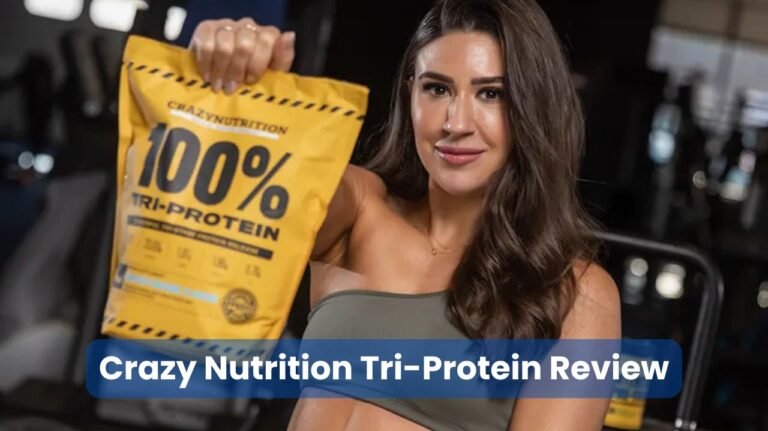How Many Calories Does a HIIT Workout Burn?
For fitness enthusiasts looking to maximize their calorie burn and get the most out of their workouts, High-Intensity Interval Training (HIIT) has become the go-to choice.
The burning question on everyone’s mind is just how many calories these intense workouts actually burn. Let’s dive deep into the science behind HIIT and its calorie-burning potential.
👉 Boost in Focus and Energy to Help Increase Pumps and Performance
👉 Increase Gains, Promote Muscle Growth and Boost Energy
👉 Powerful Muscle Growth, Increased Blood Flow, and Enhanced Pumps
👉 Bulk-Up, Increase Gains, And Improve Recovery
Understanding HIIT and Calorie Burn
HIIT workouts have revolutionized the fitness world, offering an efficient way to torch calories in a shorter amount of time compared to traditional steady-state cardio. These workouts alternate between periods of maximum effort and short recovery periods, creating a unique metabolic response in the body.
Average Calorie Burn During HIIT
The number of calories burned during a HIIT workout can vary significantly based on several factors. Here’s a general breakdown of potential calorie burn for a 30-minute HIIT session:
| Body Weight | Calories Burned (30 mins) |
|---|---|
| 130 lbs | 300-400 calories |
| 155 lbs | 360-475 calories |
| 180 lbs | 420-550 calories |
| 205 lbs | 480-625 calories |
Factors Affecting Calorie Burn in HIIT
Several variables influence how many calories you’ll burn during a HIIT workout:
- Body weight and composition
- Workout intensity level
- Duration of intervals
- Types of exercises performed
- Overall workout length
- Fitness level
- Age and gender
- Recovery periods length
The EPOC Effect: Burning Calories After Your Workout
One of the most significant benefits of HIIT is the Excess Post-exercise Oxygen Consumption (EPOC), also known as the “afterburn effect.” This phenomenon continues to burn calories long after the workout is complete.
Common HIIT Exercises and Their Calorie Burn
Different HIIT exercises can lead to varying levels of calorie burn. Here are some popular HIIT moves and their estimated calorie burn per hour (for a 155-pound person):
- Burpees: 600-700 calories
- Mountain Climbers: 500-600 calories
- Jump Rope: 600-700 calories
- High Knees: 400-500 calories
- Jumping Jacks: 450-550 calories
Sample HIIT Workout Structure
To maximize calorie burn, consider this basic HIIT workout structure:
- Warm-up (5-10 minutes)
- Work intervals (30-45 seconds)
- Rest intervals (15-30 seconds)
- Total rounds (8-12)
- Cool-down (5-10 minutes)
Maximizing Calorie Burn During HIIT
To get the most out of your HIIT workout and optimize calorie burn, consider these essential tips:
- Focus on full-body movements
- Maintain proper form throughout
- Push yourself during work intervals
- Keep rest periods short but effective
- Include both cardio and strength exercises
- Stay consistent with workout frequency
- Monitor your heart rate
- Stay hydrated
Heart Rate Zones for Optimal HIIT Performance
Understanding heart rate zones is crucial for maximizing calorie burn during HIIT:
- Zone 1 (50-60% max HR): Warm-up/Cool-down
- Zone 2 (60-70% max HR): Recovery intervals
- Zone 3 (70-80% max HR): Base work intervals
- Zone 4 (80-90% max HR): High-intensity intervals
- Zone 5 (90-100% max HR): Maximum effort intervals
The Science Behind HIIT and Metabolism
HIIT workouts are particularly effective at burning calories due to several physiological responses:
- Increased metabolic rate
- Enhanced fat oxidation
- Improved insulin sensitivity
- Increased human growth hormone production
- Greater cardiovascular endurance
- Preserved muscle mass
Comparing HIIT to Other Workouts
When it comes to calorie burn, here’s how HIIT stacks up against other popular workouts (30-minute session, 155-pound person):
- HIIT: 360-475 calories
- Steady-state running: 280-350 calories
- Cycling: 250-300 calories
- Swimming: 225-275 calories
- Weight training: 180-250 calories
HIIT Frequency and Recovery
To maintain optimal calorie burn while preventing overtraining, consider these guidelines:
- Perform HIIT 2-4 times per week
- Allow 24-48 hours between sessions
- Mix with other forms of exercise
- Listen to your body’s recovery needs
- Scale intensity based on energy levels
Signs You’re Ready for More Intense HIIT
- Quick recovery between intervals
- Maintaining form throughout workouts
- Steady energy levels post-workout
- No lingering muscle soreness
- Consistent performance improvements
Safety Considerations and Precautions
While HIIT is highly effective for calorie burn, safety should always come first:
- Start with modified versions of exercises
- Gradually increase intensity
- Maintain proper form
- Stay within appropriate heart rate zones
- Listen to your body’s limits
- Consult healthcare provider if needed
Nutrition Support for HIIT
To support optimal calorie burn and recovery during HIIT training:
- Eat a light meal 2-3 hours before
- Stay hydrated before, during, and after
- Consume protein within 30 minutes post-workout
- Include complex carbohydrates for energy
- Consider electrolyte replacement
- Monitor overall caloric intake
Common Mistakes to Avoid
To ensure maximum calorie burn and prevent injury:
- Skipping warm-up
- Sacrificing form for speed
- Not resting enough between sessions
- Pushing too hard too soon
- Neglecting proper nutrition
- Inconsistent workout schedule
Tracking Progress and Results
Monitor your HIIT workout effectiveness through:
- Heart rate monitoring
- Fitness tracking devices
- Progress photos
- Performance improvements
- Recovery time changes
- Energy levels
- Body composition changes
👉 Pack On Muscle Mass and Get Bigger and Stronger
👉 Burn Fat and Get Seriously Ripped
👉 Get Explosive Strength and Maximum Stamina
👉 Become A Gym Beast With Legal SARMs Alternatives
Conclusion
HIIT workouts can burn anywhere from 300-600 calories per 30-minute session, depending on various factors. The additional benefit of the afterburn effect makes it one of the most efficient forms of exercise for calorie burn.
By understanding the factors that influence calorie burn and following proper guidelines for intensity and recovery, anyone can maximize their results with HIIT training.
Remember that consistency and proper form are key to achieving optimal results while preventing injury.







